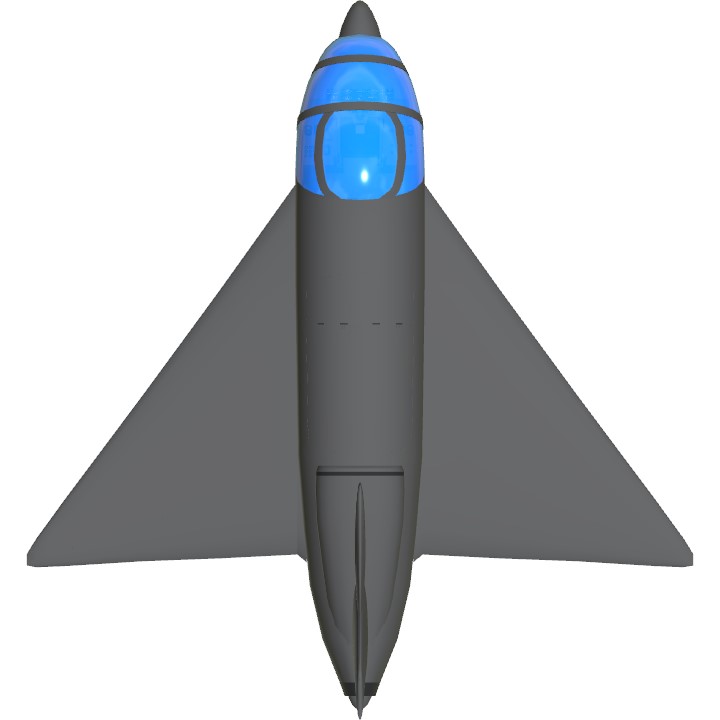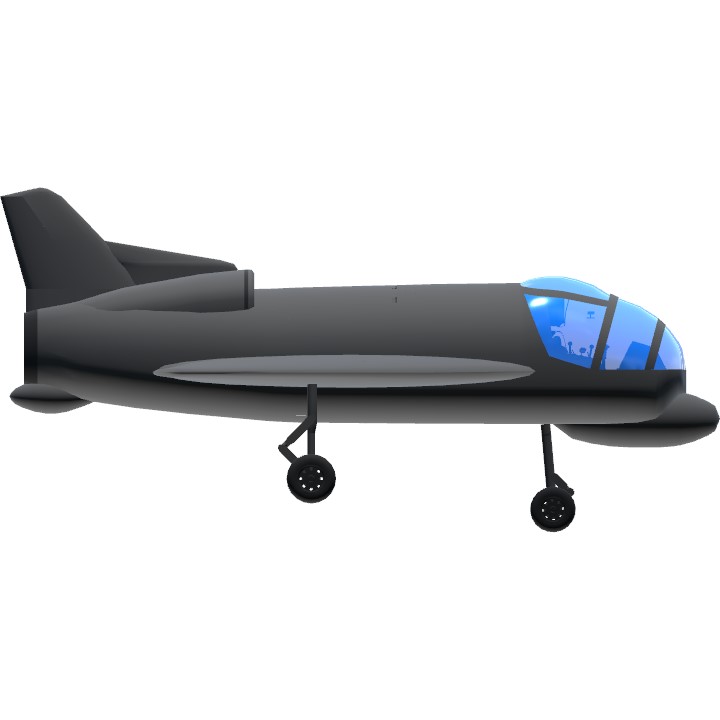Introductions:
The Short SC.1 was the first British fixed-wing vertical take-off and landing (VTOL) jet aircraft. It was developed by Short Brothers. It was powered by an arrangement of five Rolls-Royce RB.108 turbojets, four of which were used for vertical flight and one for conventional horizontal flight. The SC.1 had the distinction of being the first British fixed-wing VTOL aircraft and the first one to transition between vertical and horizontal flight modes; it was also the first VTOL-capable aircraft with a fly-by-wire control system.
The SC.1 was designed and produced in response to a Ministry of Supply (MoS) requirement for a suitable aircraft for conducting flight studies into VTOL flight, as well as specifically into the transition between vertical and horizontal flight. Two prototypes were used for flight testing between 1957 and 1971. Research data from the SC.1 test programme contributed to the development of the Hawker Siddeley P.1127 and the subsequent Hawker Siddeley Harrier, the first operational VTOL aircraft.
In October 2012, the Short SC.1 received Northern Ireland's first Engineering Heritage Award as a recognition of its significant achievement in the engineering field.
During the 1940s, various nations became interested in developing viable aircraft capable of vertical take-offs and landings (VTOL). During the 1950s, Britain had flight-tested the purpose-built Rolls-Royce Thrust Measuring Rig, a crude but pioneering VTOL aircraft that successfully flew as envisioned, demonstrating the viability of the concept as well as providing useful data to build upon. However, while the Thrust Measuring Rig had provided valuable insight for designing VTOL aircraft, such as the requirement for an auto-stabilisation system, it suffered from some deficiencies that undermined its value as a platform for further detailed research, such as control lag and a lack of aerodynamic surfaces. There was a need for an aircraft that would exploit the experience gained from the Thrust Measuring Rig, and to explore areas beyond its limited capability.
The SC.1 has its origins in a submission by Short Brothers to meet a Ministry of Supply (MoS) request for tender (ER.143T) for a vertical take-off research aircraft, which had been issued in September 1953. On 15 October 1954, the proposed design was accepted by the Ministry and a contract was promptly placed for two aircraft to meet Specification ER.143D. As envisioned, the aircraft was to be used for a series of flight tests to investigate its behaviour during the transition between vertical and horizontal flight modes, to determine the optimum and minimum level of assistance required from the auto-stabiliser during the transition process, to uncover likely operational issues, and to develop related support aids and equipment for the pilot to develop an all-weather approach and landing system.
Short constructed two prototypes, designated XG900 and XG905.
Instructions:
AG1+Throttle: VTOL takeoff
AG2: Engine
Thats it!
Specifications
General Characteristics
- Predecessor VTOL/VSTOL Challenge
- Created On iOS
- Wingspan 24.1ft (7.3m)
- Length 26.0ft (7.9m)
- Height 12.5ft (3.8m)
- Empty Weight 12,241lbs (5,552kg)
- Loaded Weight 14,191lbs (6,437kg)
Performance
- Power/Weight Ratio 2.612
- Wing Loading 56.9lbs/ft2 (277.6kg/m2)
- Wing Area 249.6ft2 (23.2m2)
- Drag Points 5410
Parts
- Number of Parts 264
- Control Surfaces 5
- Performance Cost 1,408





@PannerTerkins
Can someone make one with a cockpit
Sure
@WaltIsNoobatSP69
@CR929thenewSPplayer nice , best one for now